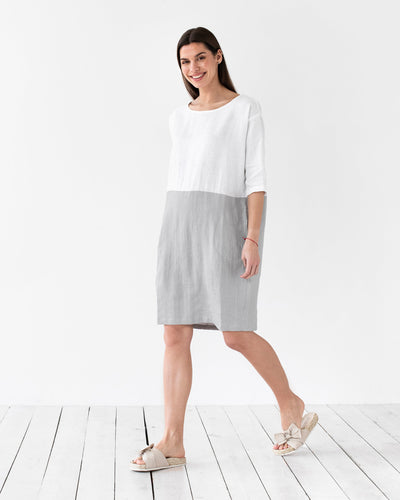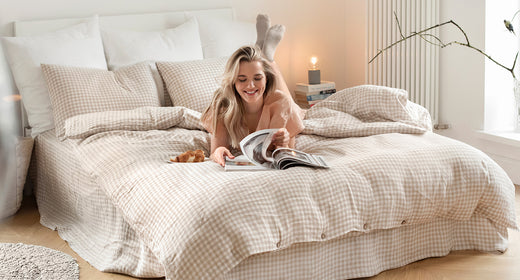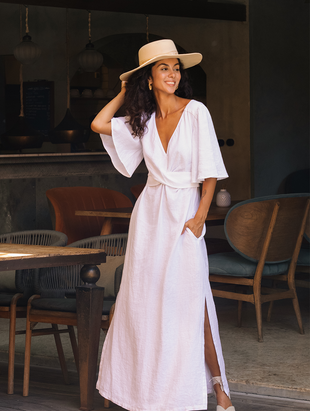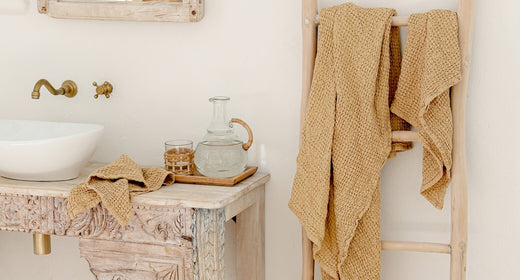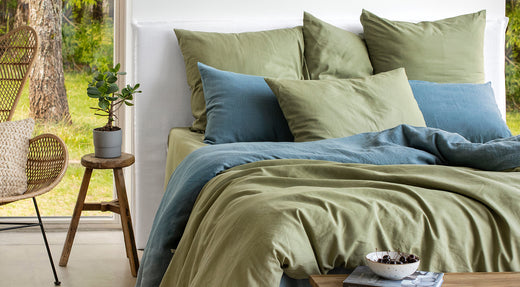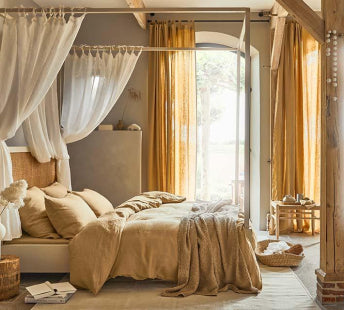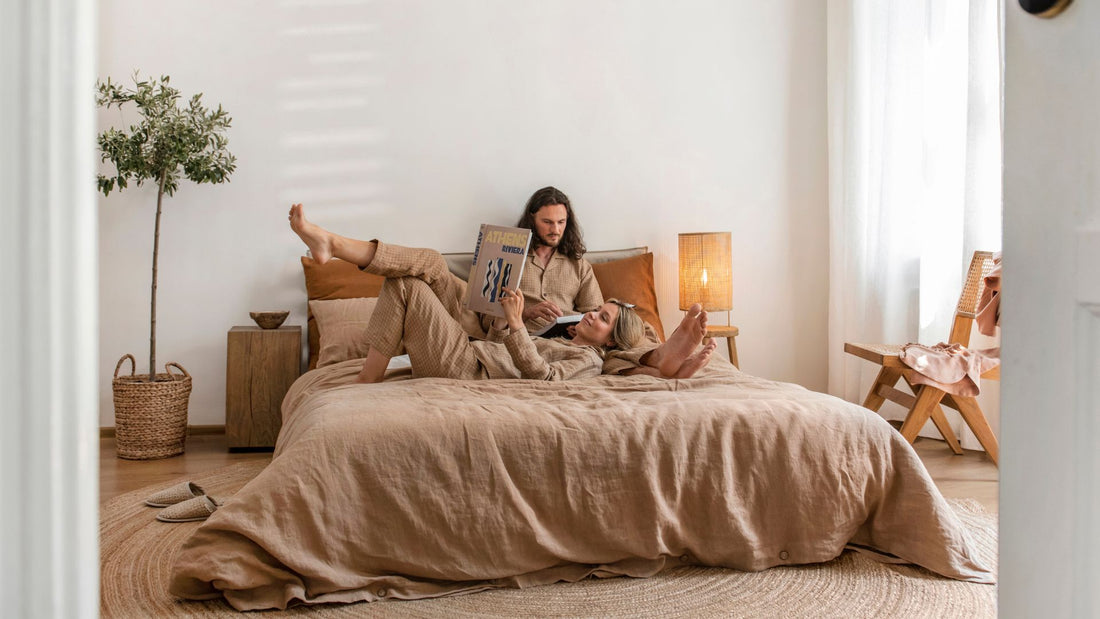
The Influence of Color on Interior Design: 5 Tips for Creating Harmonious Spaces
In the world of interior design, color reigns supreme. It has the power to transform a space, evoke emotions, and set the tone for the entire room. Understanding the influence of color is crucial when designing a space that is not only visually appealing but also harmonious and balanced. Whether you're revamping your living room or giving your bedroom a makeover, here are five tips to help you harness the power of color and create a space that feels just right.
1. Start with a Neutral Base
When it comes to color in interior design, neutrals act as the foundation upon which you can build your palette. Think of neutrals like whites, creams, grays, and beiges as the blank canvas that allows other colors to shine. They create a sense of balance and provide a timeless backdrop for your design elements. Consider using neutral tones for larger surfaces like walls, floors, and furniture upholstery to establish a cohesive and versatile base for your space.
2. Understand Color Psychology
Color psychology plays a significant role in how we perceive and interact with our surroundings. Different colors can evoke various emotions and moods, ultimately influencing our behavior and well-being. For example, warm tones like reds, oranges, and yellows are known to energize and stimulate, making them ideal for spaces where social interaction is encouraged, such as dining rooms or kitchens. On the other hand, cool tones like blues, greens, and purples promote relaxation and tranquility, making them perfect for bedrooms or study areas. Take the time to understand the psychological effects of different colors and use them strategically to create the desired atmosphere in each room.
3. Embrace the Power of Accent Colors
While neutrals provide a sense of calm and balance, accent colors inject personality and vibrancy into a space. These are the colors that pop and draw the eye, adding visual interest and depth to your design. When selecting accent colors, consider incorporating hues that complement your neutral base while also reflecting your personal style and preferences. Whether it's a bold throw pillow, a vibrant teal area rug, or a collection of colorful artwork, accent colors can breathe life into your space and tie the entire design scheme together.
4. Experiment with Color Harmony
Achieving harmony in your color palette is essential for creating a visually pleasing and cohesive space. Color harmony refers to the artful combination of colors that work well together, either through contrast or similarity. One popular technique is the use of complementary colors, which are opposite each other on the color wheel (e.g., blue and orange, yellow and purple). These pairings create a dynamic and striking visual impact. Analogous colors, which sit next to each other on the color wheel (e.g., blue, green, and teal), offer a more subtle and harmonious look. Experiment with different color harmonies to find the perfect balance for your space.
5. Don't Forget About Texture and Finish
In addition to color, texture and finish play a crucial role in interior design. Different textures, such as smooth, rough, matte, or glossy, can interact with light and color in unique ways, adding depth and dimension to your space. Likewise, the finish of your paint or furnishings can affect how colors appear in the room. For example, a high-gloss finish will reflect more light and intensify the color, while a matte finish will absorb light and create a softer, more subdued look. Consider incorporating a variety of textures and finishes to enhance the overall visual interest and sophistication of your design.
In conclusion, color is a powerful tool in interior design that can significantly impact the look and feel of a space. By understanding color psychology, embracing accent colors, experimenting with color harmony, and considering texture and finish, you can create harmonious and visually stunning interiors that reflect your personal style and enhance your well-being.
Remember, the key is to have fun and trust your instincts when playing with color. Whether you prefer bold and vibrant hues or soft and muted tones, let your creativity guide you as you design a space that truly feels like home.
 United States
United States




